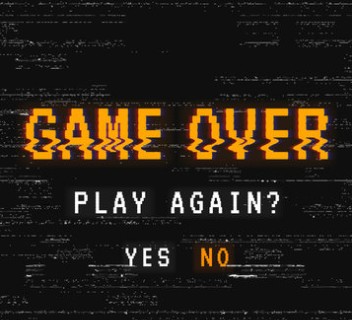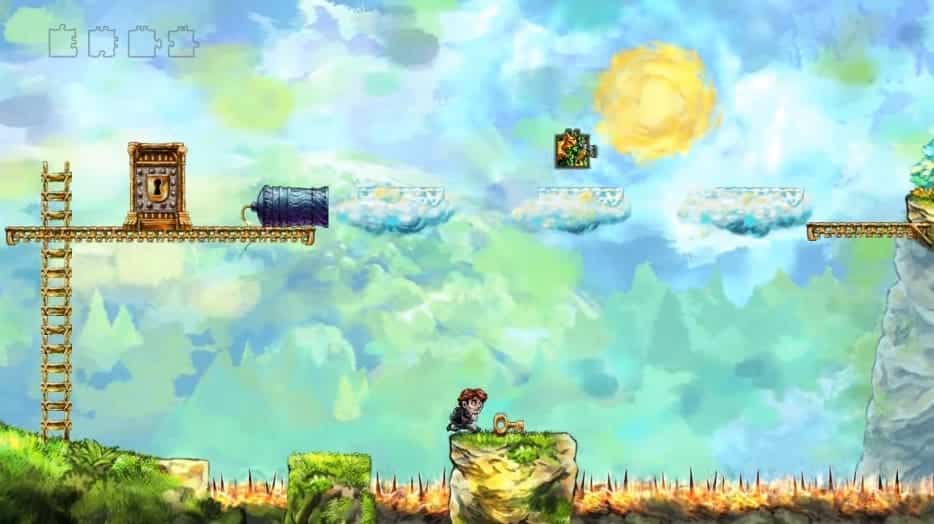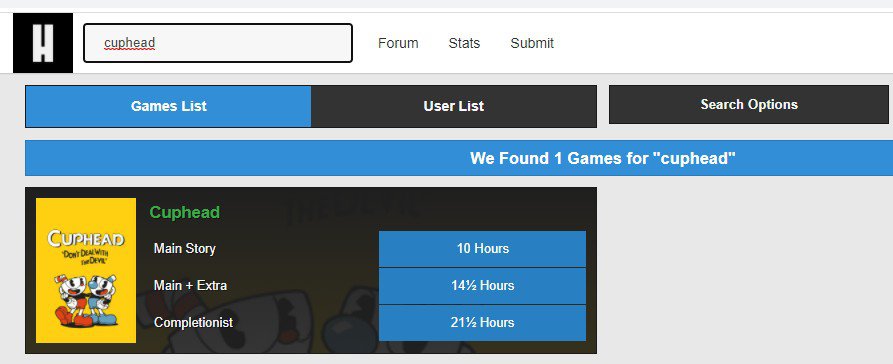Many of us dream of making a game and earning a living off of doing so, but that’s not always the case. Many developers will not make any money off their game and that’s if they manage to finish it in the first place. I looked into the common reasons why most indie games fail and go over it in this article so you don’t make the same mistakes!
The main reasons why indie games fail are:
- The scope of the game is more than you are capable of
- Lack of focus, shiny object syndrome
- No funding
- Missing fundamentals: too short, not fun, concepts have been done before
- Marketing

Scope Of Game
The scope of a game will determine if it can be finished on time or not. Restricting the number of features put into a game beyond the core mechanics will avoid the downfall most games suffer, scope creep.
Scope creep is when features keep getting added to the design of the game which adds to the time it takes to complete the development of the game.
Scope creep is bad because it takes time away from completing the core game, along with polishing and removing bugs within it. An example of scope creep could be as simple as adding an overworld to your game, a save feature, or another ability the character can use.
When designing a game keep the set of features small and focus on what makes your game unique. Keeping the scope of your game in mind while designing and developing it will help you create a game that can actually be completed.
Lack of Focus
Focusing on developing your game is important for success. It is easy to start strong for a week or a month and then suddenly lose focus on what you’re trying to achieve. Instead of fixing a problem, it can be much easier to create another project to work on. Working with a team that is not receiving money for funding can also cause people to lose interest when the amount of work that needs to be done is realized.
The best way to ensure you don’t lose focus is to dedicate a set amount of time each day to your game and make working on it a habit. Doing so will allow you to make incremental progress every day, which will eventually turn into a complete game.
Shiny object syndrome is the most common issue when developing games. As you’re creating a game you think of many new ideas and concepts that could be used in the game. Since you want to avoid scope creep or think the feature may be a better fit for a different game you might catch yourself starting up a new project.
No Funding
Many indie games are developed with little to no funding. The issue with no funding is that the game is either created in the developer’s spare time, members are forced to work for free, or there is no money to hire or outsource work.
Creating a game in your spare time typically means developing after your day job or school day. This is challenging because it can be hard to focus after being mentally fatigued after a long day already. Burnout and mental fatigue can occur quickly unless you enjoy the project you are working on.
No funding means you’ll either have to learn all aspects of the game development cycle from coding, art, audio, marketing, and publishing. This can be very overwhelming for some and can lead to burnout or lack of motivation. Having funding to hire someone to do the tasks you don’t enjoy can help tremendously.
Missing The Fundamentals
3 main fundamentals should be met when creating an indie game are ensuring your game has a unique element in it, making the main campaign long enough to give value to the player, and test playing with different groups of people to gauge how fun your game is.
Already Been Done
Creating a unique game can be tough, there are millions of 2D platformers and shooter games in the world already! The key is finding a unique game mechanic you can exploit, an art style that gives new life to the genre or maybe using new technology like VR, AR, or multiplayer aspects.
Games based around new experimental game mechanics are the heart and soul of indie games. It’s what brought indie games to the mainstream. Larger companies with franchises already in place cannot experiment as much with their games because they built a following and audience that is expecting a certain formula to be met.
The game Braid is a 2D platformer that has the character jump on enemies to kill them, has cannons shooting at you, spike pits, and collectibles. Sound familiar? Make me think of Super Mario World, to be honest. But what makes the two games completely different?

Braid offers new game mechanics like time-reversal to create different puzzles, art direction that was not common when it was released, and a soundtrack that could live without the game. These are just some of the examples from the game, but instead of being another 2D platformer, it offered new experiences mechanically, visually, and audibly.
Adding these features to a Mario game wouldn’t make sense and it’s a high risk for Nintendo to do since their fanbase is expecting the formula used in Mario games to be present.
Too short
An indie game’s main story length is generally 6-15 hours long with the most common length being 10 hours without extra content or achieving 100% completion. Replayability allows a game to offer more value to the player along with keeping the game alive longer which can create a dedicated fan base and even a speedrun community focusing on it.
The length of the game matters as players do not want to buy a game for $15 and have it last 5-15 minutes. Creating a game with enough content to hold the user’s attention or have enough replayability is essential to succeed in creating an indie game.
The best place to see how long a game will take to beat is the website How Long To Beat. This website displays how long it takes to beat a game’s main campaign, extra content, and 100% completion.

It’s Just Not Fun
Creating a game that is fun is one of the most difficult tasks to do. What sounds fun on paper may not translate to being fun in reality. It’s important to prototype your game to test the core mechanics out before dedicating time to building a game based on them.
Ask friends and family to test play a prototype of your game before committing to creating a full version. See how they react to it, ask them questions, and ensure that they are being honest. Don’t take it personally if they do not like your game. It might be better to hear 27 people say they didn’t like your prototype then to spend 2 years developing a game to find out no one likes the core concept.
Marketing
The best way to market an indie game is to use social media, influencers, and become part of a community. Marketing is just as important as making the game if you want to make a living creating games. The indie game market used to be small and it used to be easy to get noticed. The indie game market is now very saturated so standing out isn’t as simple as posting your game.
The most common, free, method to market your game is to become part of a community that may be interested in buying your game, whether that is a game dev. community or puzzle community. Help users in those communities and become part of the discussions in them so people start to recognize who you are. When it comes time to release your game you’ll have a following of people that may be interested in the product!
Purchasing ads on the latest social media platform and using influencers has become the standard advertising strategy. Is there a game that stands out in your mind when I mention this method? How about if I mention Raid: Shadow Legends? They paid many YouTubers and influencers to mention Raid in their videos and there is a reason they keep paying influencers to do it – it works.
Remember not to leave marketing until you are finished the game. Build interest as you create the game to gather a following of people that are excited for your game to release. This way when it comes time to release the game you have an audience that knows about the game and is looking forward to purchasing it and supporting you.
Conclusion
There are many reasons why indie games fail; however, many of them come before the game is even completed. Designing a game with a scope beyond your skills or team is the first downfall many developers face.
Since many indie games are started with one or two people the lack of focus that comes over time will be the death of the game. It can be hard to continue working through hard problems, which can cause you to work on another new idea. Eventually, your first project is left for dead.
If you’re able to get past the first two reasons, scope creep and lack of focus, creating a unique game that is fun to play and is long enough to be worth buying is the next problem many developers run into. There are millions of 2D platforms and FPS games, but look at the successful ones, what made them stick out from the crowd? Was it the story, game mechanics, art, features? Take a moment and think about what will make your game stand out.
Finally, even if you pass the previous mistakes indie developer make your game can still fail. Marketing your game so people know and care about it is the last hurdle you face. Don’t leave marketing until you are done as it takes time to gain people’s interest and when it comes time to release it is nice to have sales waiting for you. Furthermore, the majority of your sales come from the first 2 weeks your game is launched!